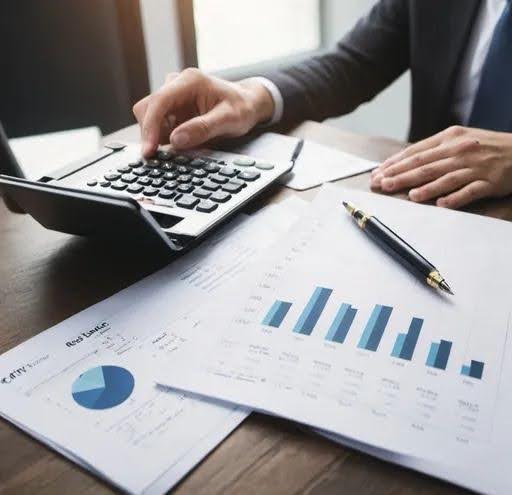Inflation, characterized by rising prices and decreasing purchasing power, poses a significant risk to investors’ portfolios. During inflationary periods, the value of currency erodes, leading to higher costs for goods and services. In such times, precious metals like gold and silver have historically served as reliable hedges, preserving purchasing power and providing stability. This article explores how precious metals function as an inflation hedge and why they remain a crucial component of a diversified investment strategy.
Understanding Inflation and Its Impact
What Is Inflation?
Inflation is the rate at which the general level of prices for goods and services rises, eroding the purchasing power of money. It can be caused by various factors, including increased demand, rising production costs, and expansionary monetary policies.
Effects of Inflation
Decreased Purchasing Power: As prices rise, the same amount of money buys fewer goods and services.
Eroding Savings: Money held in cash or low-interest accounts loses value over time.
Increased Uncertainty: Inflation creates uncertainty in the economy, making it difficult for businesses and consumers to plan for the future.
Precious Metals as an Inflation Hedge
Precious metals, particularly gold, have been used as a store of value for centuries. Their ability to retain value during inflationary periods makes them a popular choice for investors looking to safeguard their wealth.
Historical Performance
Gold and silver have a long history of maintaining their value in times of inflation. During periods of high inflation, such as the 1970s in the United States, the prices of these metals soared as investors sought refuge from declining currency values.
Intrinsic Value
Unlike paper currency, precious metals have intrinsic value. They are finite resources with significant demand in various industries, including jewelry, electronics, and manufacturing. This intrinsic value helps them retain purchasing power over time.
Mechanisms of Inflation Hedging
Diversification
Including precious metals in an investment portfolio provides diversification. When inflation erodes the value of stocks and bonds, precious metals often appreciate, balancing the portfolio and reducing overall risk.
Store of Value
Gold and silver are universally recognized as stores of value. During economic turmoil, these metals are less likely to be devalued compared to fiat currencies, making them reliable assets for preserving wealth.
Liquidity
Precious metals are highly liquid assets. They can be easily bought and sold in global markets, providing investors with quick access to cash if needed. This liquidity is particularly valuable during economic crises when other assets may be difficult to liquidate.
Comparing Precious Metals
Gold
Pros: Gold is the most well-known and widely held precious metal. It has a strong track record of maintaining value and is often seen as a safe haven during economic downturns.
Cons: Gold can be less volatile than other metals, potentially offering lower short-term returns.
Silver
Pros: Silver is more affordable than gold and has numerous industrial applications, increasing its demand. It can outperform gold during strong economic periods due to its industrial uses.
Cons: Silver is more volatile than gold, which can lead to larger price swings and increased risk.
Other Metals
Platinum and Palladium: These metals also serve as inflation hedges, although they are more influenced by industrial demand. They can provide higher returns but come with increased volatility and risk.
Investment Options
Investors can gain exposure to precious metals through various vehicles, each with its own benefits and considerations.
Physical Metals
Bullion and Coins: Direct ownership of physical metals offers the security of tangible assets. However, storage and insurance costs must be considered.
Pros: Tangible asset, direct ownership.
Cons: Storage and insurance costs, potential liquidity issues.
ETFs and Mutual Funds
ETFs: Exchange-traded funds provide exposure to precious metals without the need to store physical assets. They are highly liquid and easy to trade.
Mutual Funds: These funds invest in a portfolio of mining companies or physical metals, offering professional management and diversification.
Pros: Easy to trade, diversified exposure.
Cons: Management fees, potential tracking errors.
Mining Stocks
Mining Stocks: Investing in companies that mine precious metals can provide leveraged exposure to metal prices. These stocks can offer significant returns but come with higher risk due to company-specific factors.
Pros: Potential for high returns, dividend income.
Cons: High volatility, company-specific risks.
Precious metals like gold and silver have proven to be effective inflation hedges, preserving purchasing power during periods of economic uncertainty. By including these metals in their portfolios, investors can protect their wealth from the eroding effects of inflation. Understanding the different characteristics and investment options for precious metals allows investors to make informed decisions that align with their financial goals and risk tolerance. As the global economy continues to face inflationary pressures, the role of precious metals as a stable and reliable store of value remains as crucial as ever.







